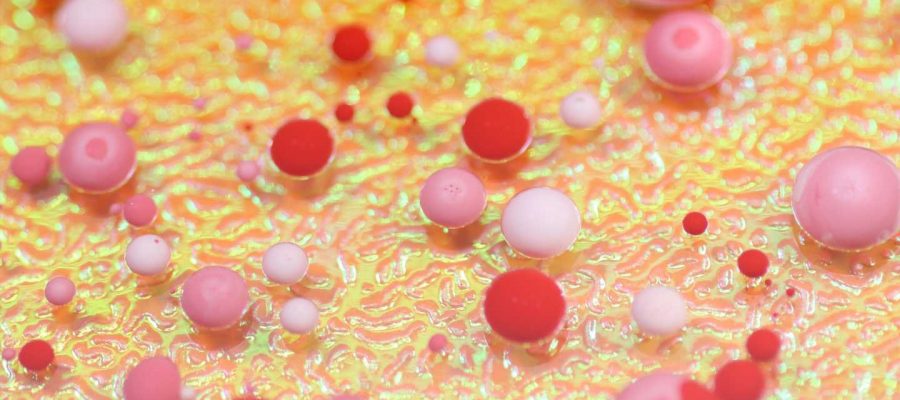
A heart attack or stroke can blindside people who thought they were at low risk. Now, research led by UConn Health has found a new model that could improve how we assess heart disease. The study is published in the January 18 issue of Circulation.
Heart attacks and strokes are the number one cause of death in the United States, and 70% of them are caused by plaques of cholesterol clogging blood vessels. Despite the prevalence of cardiovascular disease, our best attempts to predict who is at risk of major events like a stroke or heart attack are not very good. The current risk models look at body mass, waist circumference, and the ratio of various fats in a person’s blood. But it’s hard to use that model to confidently predict whether someone is likely to have a heart attack within the next five years, for example. Many researchers believe there must be other factors at work.
“We started looking at macrophages, cells that eat lipids stuck to the walls of blood vessels,” says Beiyan Zhou, a UConn Health School of Medicine immunologist. Macrophages eat the fatty deposits on the walls of arteries. After eating the fat, they become foamy. “They look foamy because the fat droplets are contained in the cell and look like a clump of bubbles,” Zhou says.
Foamy macrophages have a bad reputation among cardiologists. They are often found in plaques along inflamed sections of blood vessels. Foamy plaque is known to be the worst plaque, associated with advanced cardiovascular disease.
But foamy macrophages may be both more neutral, and more interesting, then they’re currently given credit for being. Zhou, along with colleagues on the MultiEthnic Study of Artherosclerosis (MESA) took a closer look at the foamy cells to see how their lipid consumption related to heart attacks, arthritis, and even irritable bowel syndrome.
The group found that foamy macrophages are mostly a clean-up crew that eats fat smeared in the wrong places. If the macrophages are prevented from cleaning up, cardiovascular disease worsens. But in people with diabetes, autoimmune disease, or who take certain immunotherapies, the lipid eating macrophages behave differently. They still consume lipids, but they also get inflamed and can worsen plaques in the arteries, and even precipitate ruptures that lead to chunks of plaque flowing down the bloodstream until they catch somewhere else, potentially causing a clog.
“Foaming is not necessarily bad; this is the first time that we can distinguish good and bad foaming. It is the bad foaming that can cause heart attack,” Zhou says.
Zhou and her colleagues are collaborating with UConn Health cardiologists Annabelle Rodriguez-Oquendo and Patrick Murphy, and immunologist Anthony Vella on MESA, which runs a longterm study that tracks how cardiovascular disease develops. They want to find the key switch that causes foaming cells to become unhealthy and cause disease. MESA gave the team access to a large dataset of people who did, or did not, develop heart disease over the past 20 years. The database tracks monocytes, precursors of macrophages, as well as participants’ genetic backgrounds.
MESA’s data allowed the team to come up with a 30 gene model from a pool of bad foaming genes revealed by AtheroSpectrum, a program created by Zhou’s team. Combined with clinical data on blood pressure, current medications, and diabetes status, the model gave a very accurate score of a person’s chances of having a stroke or heart attack over the next 5 years. Their score was better at predicting adverse events than the current best practices used by cardiologists.
Profiling the 30 genes expressed by patients’ monocytes is not an easy test for a cardiologist to order right now. But maybe it should be, Zhou and her colleagues say.
Source: Read Full Article
